Office conversations get cool
The workplace is the one place that needs a bit of colour and oomph. And here is how you can do it.
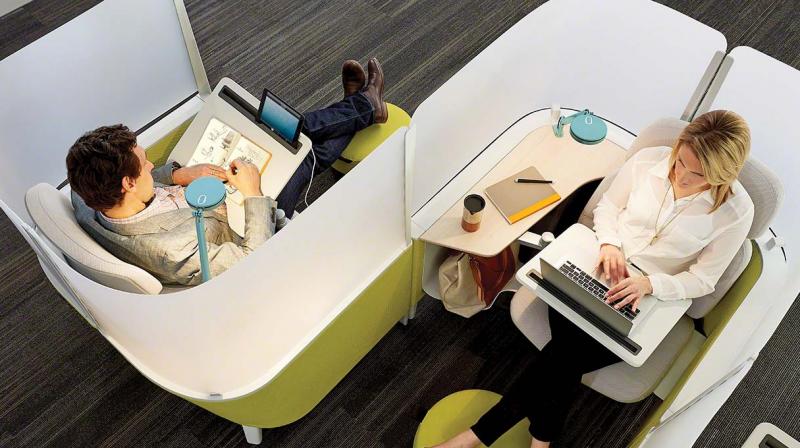
The Importance of Furniture in Co-working Spaces
Setting up shop in a garage, outhouse, kitchen, attic and even balcony was not unheard of, considering that a workplace commands a certain undisturbed space that remains detached from the main house. What work-from-home professionals or freelancers really looked for then was a quiet corner to immerse themselves into, without real-time distraction of ringing doorbells and telephone jingles. In today’s context, a similar independent professional survival is rare due to the numerous digital distractions and one main consideration, an ubiquitous wifi. As innovation brought in disruptive models of function and existence in most aspects of life, the plug and play concept caught on with the millennials who were embracing niche solutions in the early 2000s. As a concept, co-working spaces emerged from hackerspaces, which were communities founded in Berlin where computer enthusiasts could gather, work together and share a common space for their interests and activities. Co-working was formally launched in San Francisc
oin 2005 and its growth till the present day proves how well the concept is catching on. According to Statista, In 2017, there were 15,500 co-working spaces existing globally with around 1.27 million people working in co-working spaces worldwide.
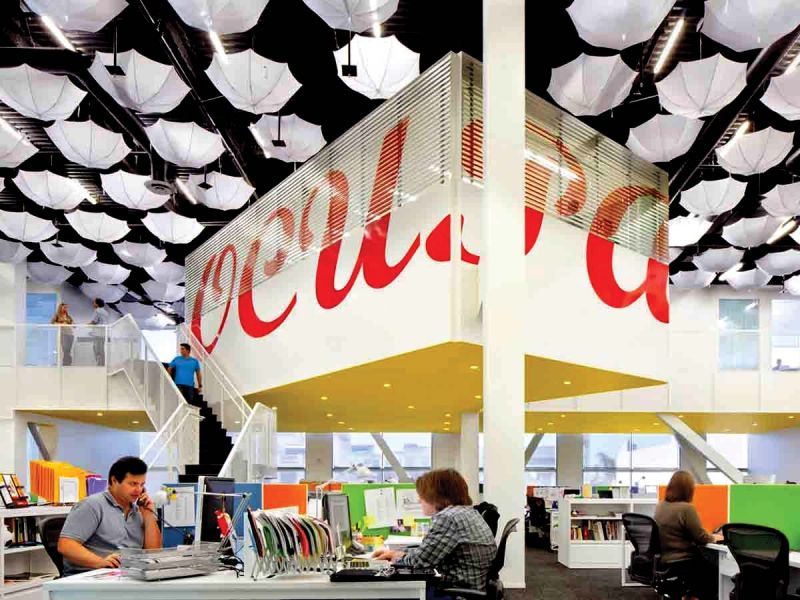
The idea of co-working has been built around one concept, which is flexibility. Inside co-working spaces there is a buzz of professional conduct with an air of deep confidence which comes from the harmonious and pleasant environment. Co-working spaces are built for convenient, collaborative and interactive working atmosphere. No wonder the interiors are charming, pleasant and sometimes out of this world. Co-working decor is highly urban and modern and geared to be a panaceafor work-life pressure. The interiors and lighting are based on modernthemes and are relevant to the new-gen working process. It’s an inspiring environment simulating a café, hotel lobby or an airport lounge with attractive wall decor, plants, thinking pockets, self-serviced stations with free beverages, phone booths for private conversations, open-air meeting areas, terrace or indoor games and workout zones. The interiors feel like a blurred line between home and play, and are set not just to inspire, but to give a huge boost drip on a daily basis for the users. There are plenty of options of hot seats and cubicles, which see an influx and movement of temporary members. The population of a co-working space can shrink or expand, depending on the supply and demand.Co-working spaces also allow in-house events and activities to take place periodically, keeping the fun-at-work essence flowing 24x7.
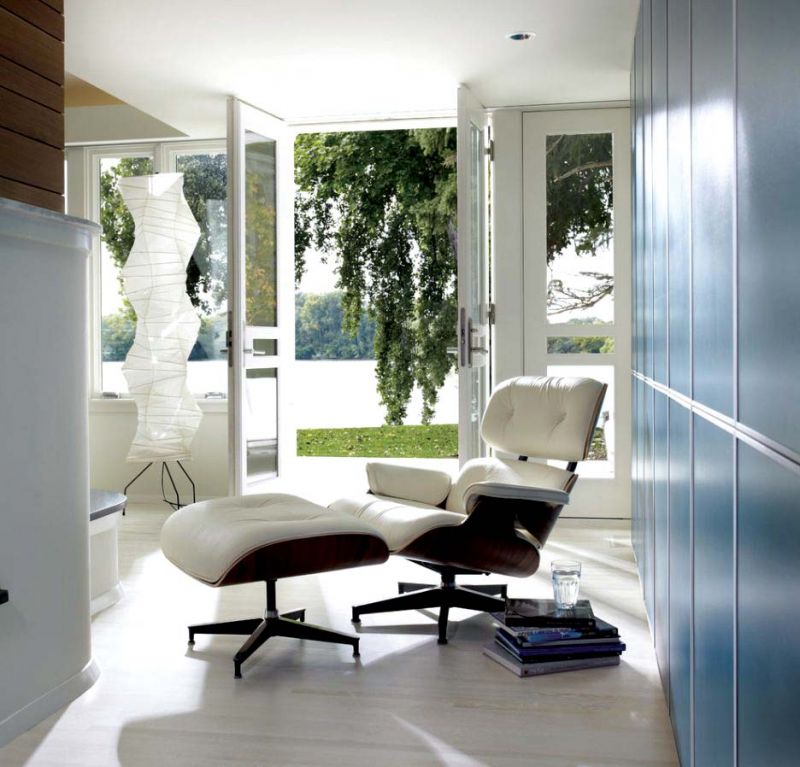
The furniture in co-working spaces is defined by the function of the space where it is placed. Due to an open plan,versatile seating possibilities can be made available for the users. The choice of furniture pieces follows the personality of a particular area is designated for. A variety of permutations are possible, with furniture design itself evolving around the activityplatter ofa co-working space. It is furniture that lends distinction between each space pocket in a co-working building. Lounge pockets can accommodate fabric upholstered sofas which are cozy and chic and spell comfort. Small and round dining tables can work for open meeting rooms and rectangular desks with in-desk power fixtures are needed for both meetings and work cubicles. Wherever a seating area is created, provision of in-desk features becomes crucial. Although bean bags are passé, they can be used to fill corners, keeping in line with the casual atmosphere. Most co-working spaces designcustomised seating around the structure of their spaces for eg. linear built-in seating with cushionsfitted alongside glass walls overlooking the cityscape for inspiration. A modular furniture system consisting of straight or curved units that easily detach and fit to form multiple workspace configurations,can also suit coworking.Modular stack-and-go with low seating is also a possible fit here. Reclining lounge chairs and compact stools are popular in discussion areas. High workstations are commonly seen with barstools and high seats, lending invigoration to the working process. Interaction spots are also being creatively designed and interspersed with form and colour to keep the motivation going for the members and users.
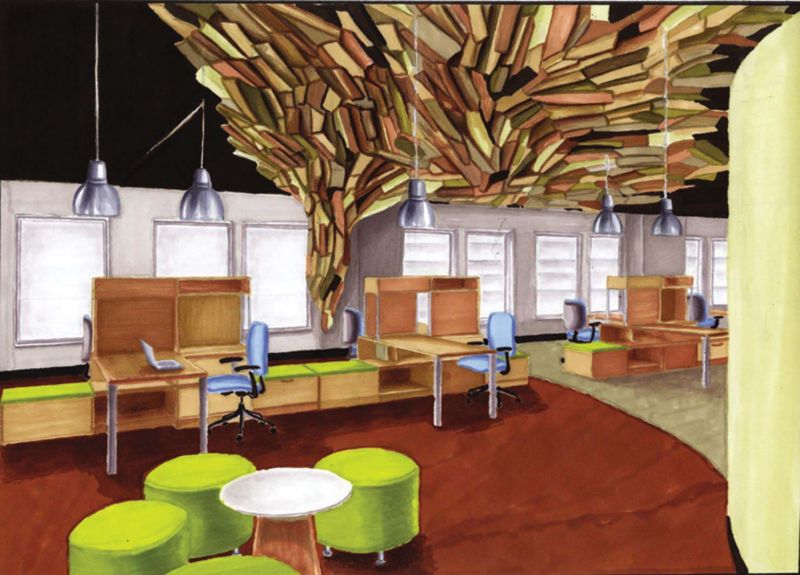
Co-working spaces are not just disrupting the working arrangement and office space concept, but are also keen to dispel health woes that emanate from a regular seating structure. The offering of a flexible workstation within an attractive and comfortable space where one’s seat is neither fixed nor permanent, is a boon for the working professional. By focusing on the ergonomics of furniture and tools for their users, co-working spaces are building a productive and progressive work culture.
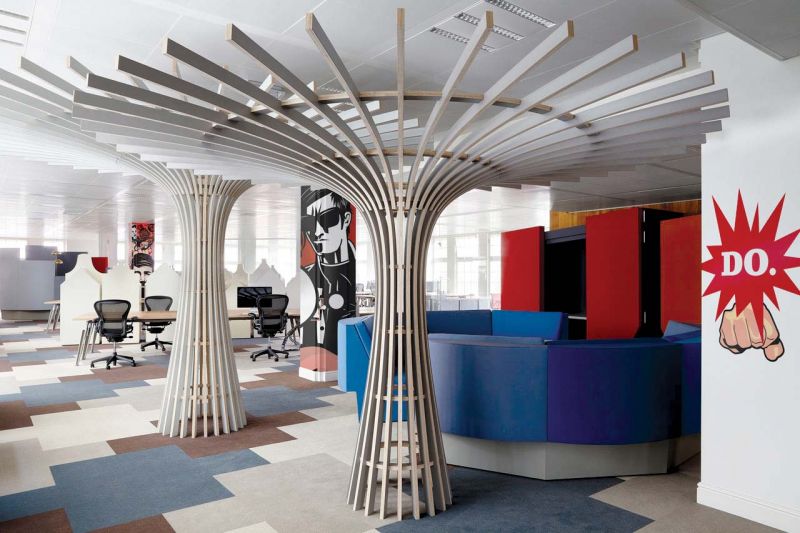
— The writer is a design expert who understands the intrinsic aspects of interior spaces and its trends. He helms an exclusive designer furniture brand.

